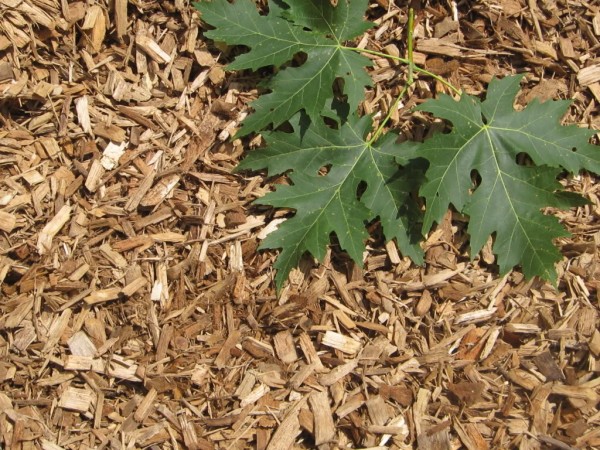How much mulch?
Summer is two-thirds past. How is the mulch in your planting beds doing?
If you’re like most homeowners who spread mulch in late spring or early summer, it’s probably looking a bit haggard. Don’t feel bad.
Fresh new mulch always looks great. Although labor-intensive, applying mulch is an easy do-it-yourself project with instant results. The material brightens up planting beds. Mulch retains moisture in soil, and hampers weed growth. Its benefits are many.
Being (usually) a wood-based product, though, mulch deteriorates. After a few months of exposure to rain, heat and humidity, it begins breaking down. Most mulches degrade into dirt at the rate of an inch per year.

Mulch gets kicked around, too. Normal landscaping activity – planting, weeding, pruning – disturbs that once-pristine mulch covering. Animals wander through, digging and poking. Lawnmowers chew up and spit it out. Little wonder that mulch can become, shall we say, "disheveled."
Here’s the good news: It’s never too late to add mulch. The maxim holds especially true this year, as normal dry season conditions are delayed several weeks.
Creating an average mulch depth of 3 inches is ideal for moisture retention and weed control. Not quite there? Feel free to pile on more. It won’t hurt.
Before you go running to the lawn care store or municipal recycling center for mulch, though, think long and hard about what type you should be using. Not all mulches are created equal. The source materials vary widely - and yes, it matters. Some can even make soil less hospitable to certain plants.
Next week, we’ll take a look at what you should know about the machinations of mulch.
<<-- Back to List
Email to a friend